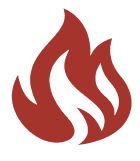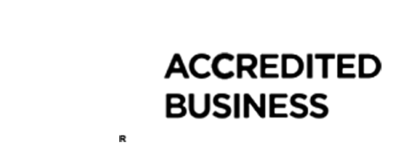“Can You Paint Over Smoke Damage?”
Dealing with smoke damage might seem overwhelming at first, but there’s no need to panic. Painting over smoke damage can be a straightforward and efficient way to breathe new life into your space. Regardless of the severity of the incident, whether it’s a minor kitchen mishap or a more significant event, this guide will provide you with step-by-step instructions to tackle the problem effectively. By following these instructions, you’ll be able to restore your walls to their original pristine condition, leaving your space looking fresh and revitalized.
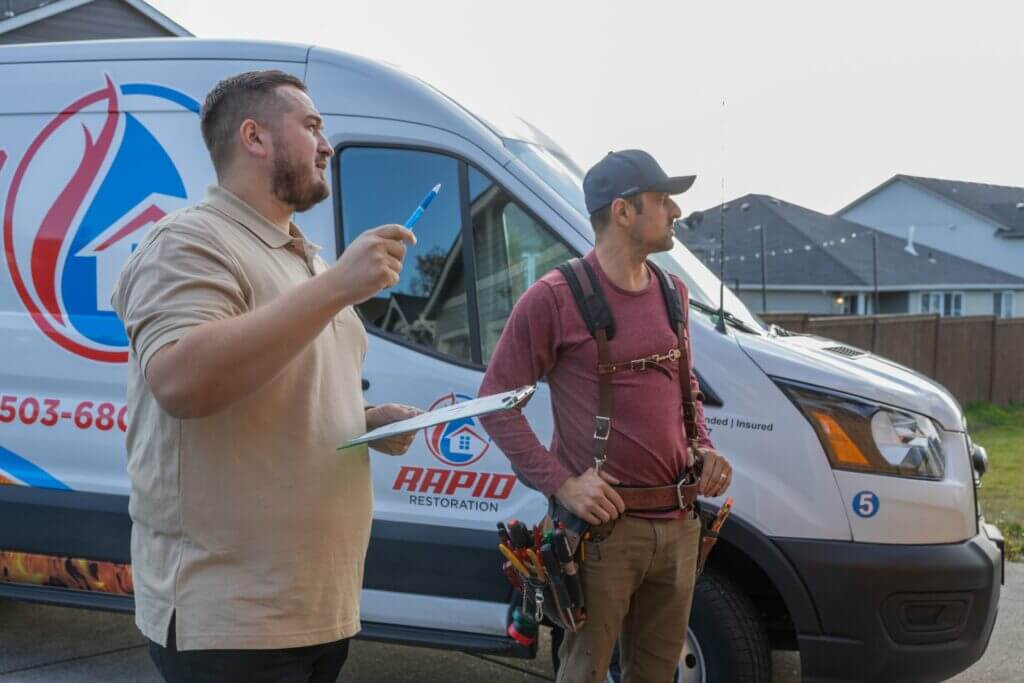

Understanding Smoke Damage
Smoke damage occurs when soot, residue, and odors settle onto surfaces after a fire. This can leave behind unsightly stains and unpleasant smells, making it essential to address the damage promptly. Before diving into painting, it’s crucial to assess the extent of the damage and prepare the affected areas accordingly.
Importance of addressing smoke damage
Addressing smoke damage promptly is essential due to various reasons. Initially, lingering odors from smoke residue can persist for extended periods if not quickly treated, causing discomfort and making spaces uninhabitable. Furthermore, inhaling smoke particles poses significant health risks, particularly for individuals with respiratory conditions, emphasizing the urgency of mitigation efforts. Neglecting smoke damage can also result in structural issues, as it weakens surfaces over time, potentially leading to costly repairs and further complications down the line. Therefore, swift action to address smoke damage is crucial to mitigate its adverse effects and ensure the safety and integrity of affected spaces.
Assessing the Damage
Identifying the extent of smoke damage
Before commencing restoration efforts, it is crucial to conduct a comprehensive assessment of smoke damage. This entails meticulously examining all impacted spaces to gauge the degree of discoloration, residue accumulation, and potential structural harm inflicted by the fire and smoke. Such thorough evaluation forms the foundation for developing an effective restoration plan tailored to address the specific needs and challenges posed by the extent of the damage.
Evaluating the surface to be painted
After evaluating the scope of smoke damage, it becomes crucial to examine the surfaces slated for painting meticulously. This thorough inspection entails detecting any cracks, peeling paint, or other imperfections that could hinder the adhesion or overall appearance of the fresh coat. By preemptively tackling these issues, the painting process can proceed with greater ease, resulting in a smoother application and a longer-lasting finish. Prioritizing this preparatory step not only enhances the aesthetic outcome but also contributes to the durability of the painted surfaces.
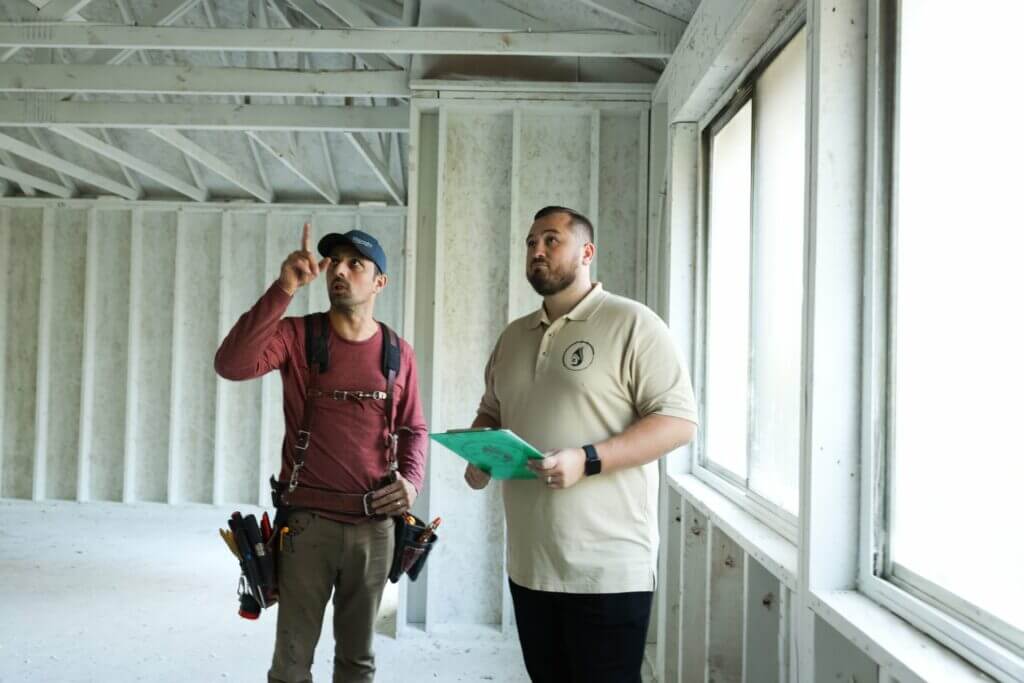

Preparing the Surface
Cleaning the affected area
Preparing the surface for painting is a meticulous process that commences with a comprehensive cleansing to eliminate loose debris, dust, or soot, accomplished by either utilizing a vacuum cleaner or a dry cloth. The primary objective is to guarantee that the surface is entirely devoid of any contaminants that might impede the paint’s ability to adhere or compromise its final appearance. Should stubborn residues persist, the application of mild cleaning solutions proves effective in eradicating any lingering dirt or grime, thereby establishing an immaculate foundation for the subsequent paint application. This initial preparation not only enhances the paint’s longevity but also ensures a smooth and flawless finish, elevating the overall aesthetic appeal of the painted surface.
Removing any residue or soot
After the initial cleaning process, it’s crucial to thoroughly address any remaining residue or soot that might linger on surfaces. Specialized cleaning products formulated specifically for this purpose are effective in breaking down smoke particles and removing stubborn stains without causing harm to the underlying material. By diligently eliminating all traces of smoke residue, you not only restore the cleanliness of the area but also mitigate potential odors and health hazards associated with lingering smoke particles.
Priming the Surface
Choosing the appropriate primer
Selecting the appropriate primer is essential when tackling smoke-damaged surfaces, as it sets the foundation for successful paint adhesion and coverage. Opting for a premium stain-blocking primer tailored to combat smoke odors and stains is paramount in prepping the surface for painting. Such specialized primers create a robust barrier that effectively seals in the smoke residue, preventing it from seeping through the fresh coat of paint. Ultimately, this meticulous preparation ensures a pristine and durable finish that rejuvenates the space.
Applying primer to seal the surface
Selecting the appropriate primer is crucial as it acts as a barrier, ensuring that the surface is adequately prepared for painting. Whether applied with a paintbrush or roller, ensuring even coverage is essential to achieve optimal results. By sealing the surface, the primer effectively prevents smoke odors and stains from seeping through, ultimately creating a smooth and pristine base for the final coat of paint to adhere to seamlessly.
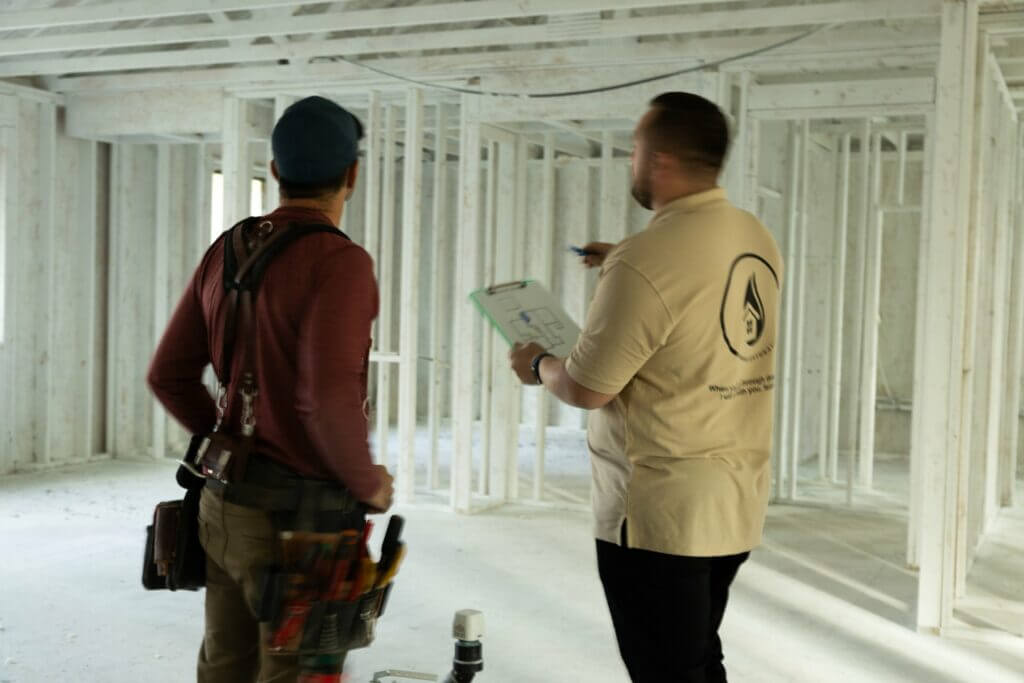

Painting Over Smoke Damage
Selecting the correct type of paint
When addressing smoke damage on walls, opting for a high-quality paint designed to cover stains and prevent future discoloration is crucial for achieving a satisfactory result. Matte or eggshell finishes are commonly chosen for their ability to conceal imperfections while offering a durable, washable surface effectively. By selecting the appropriate paint, you can ensure a long-lasting and aesthetically pleasing solution to smoke damage restoration.
Applying the Primer
To effectively prepare the affected areas for painting, it’s essential to apply a liberal amount of primer using either a roller or brush. Be meticulous in ensuring thorough coverage, especially in areas heavily affected by smoke damage, as they may require an additional coat for adequate sealing. Follow the drying guidelines provided by the primer manufacturer to ensure optimal adhesion and longevity of the paint job.
Painting the Walls
Once the primer has thoroughly dried on the walls, begin painting with your selected color. Ensure to apply the paint evenly, employing smooth, overlapping strokes to create a seamless appearance across the surface. Depending on factors such as the extent of previous damage and the opacity of the paint, you may find it necessary to apply multiple coats to achieve complete coverage and the desired aesthetic result.
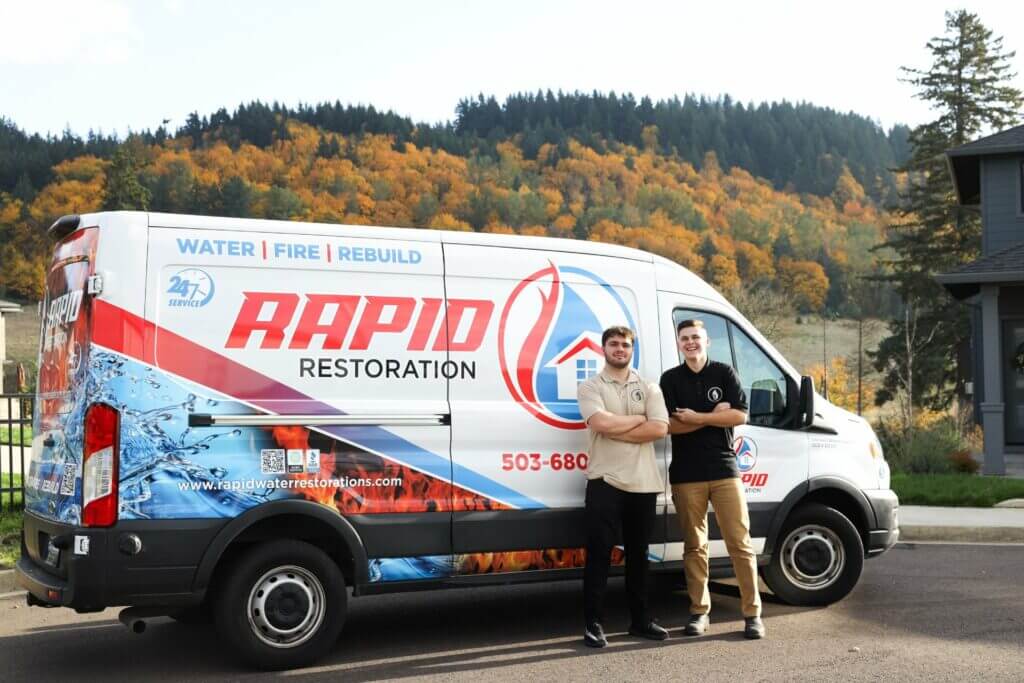

Final Considerations
Inspecting the painted surface
Once the painting process is finished, conducting a meticulous inspection of the surface is crucial to identify any overlooked spots, streaks, or imperfections that may detract from the overall quality. This careful examination allows for targeted touch-ups in areas where the paint coverage may be uneven or where blemishes are present, ensuring a flawless and uniform finish. By addressing any discrepancies promptly, you can achieve a seamless appearance that enhances the aesthetic appeal and durability of the painted surface.
Taking preventive measures for future smoke damage
To prevent future smoke damage, it’s crucial to thoroughly investigate and rectify any potential causes of fires, such as faulty wiring or insufficient ventilation systems. Installing smoke detectors and fire extinguishers provides early detection and swift response capabilities, reducing the likelihood of fires spreading and causing extensive smoke damage. Additionally, implementing comprehensive fire safety protocols and regular maintenance checks can further mitigate the risk of future incidents, ensuring a safer environment for inhabitants.
FAQs (Frequently Asked Questions)
Q: Can you paint over smoke damage without priming first?
A: While it’s possible to paint over smoke damage without priming, using a primer is highly recommended to ensure proper coverage and adhesion.
Q: How do I get rid of smoke odor before painting?
A: To eliminate smoke odor, thoroughly clean the walls with a mixture of vinegar and water or use specialized odor-eliminating products. Additionally, ensure proper ventilation to help dissipate lingering odors.
Q: Can I use any paint to cover the smoke damage?
A: It’s essential to use a high-quality, stain-blocking primer and paint specifically designed to cover smoke damage and prevent stains from bleeding through.
Q: How long does it take to paint over smoke damage?
A: The time it takes to paint over smoke damage depends on the extent of the damage, the size of the area, and the drying times of the primer and paint. In general, plan for at least a day to complete the process.
Q: Will painting over smoke damage remove the stains and odors altogether?
A: While painting over smoke damage can effectively cover stains and odors, severe damage may require additional treatment or professional assistance for complete removal.
Q: Can I hire a professional to paint over smoke damage?
A: Yes, hiring a professional painter or restoration specialist can ensure thorough and expert treatment of smoke-damaged surfaces, especially for extensive or challenging cases.
Conclusion
In summary, opting for painting as a solution to tackle smoke damage presents a pragmatic and time-saving approach in the aftermath of a fire incident. Following the outlined recommendations diligently and selecting appropriate supplies and techniques can lead to the successful concealment of smoke-related blemishes, rejuvenating the appearance of your walls effortlessly. By embracing these strategies, you guarantee not only a visually appealing outcome but also a renewed atmosphere within your living environment. Ultimately, addressing smoke damage through painting offers a convenient and effective pathway to restoring the charm and comfort of your home post-fire.
